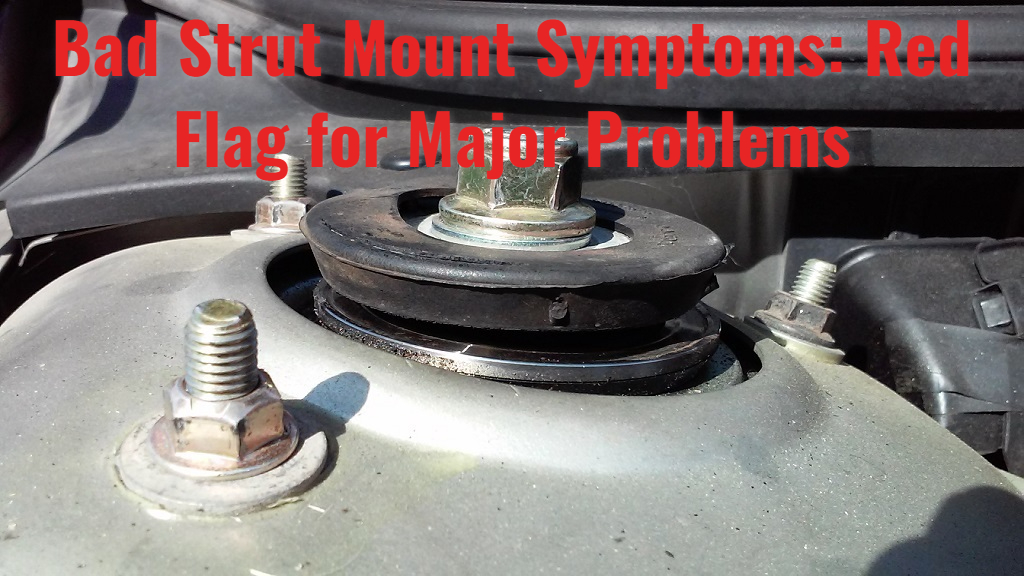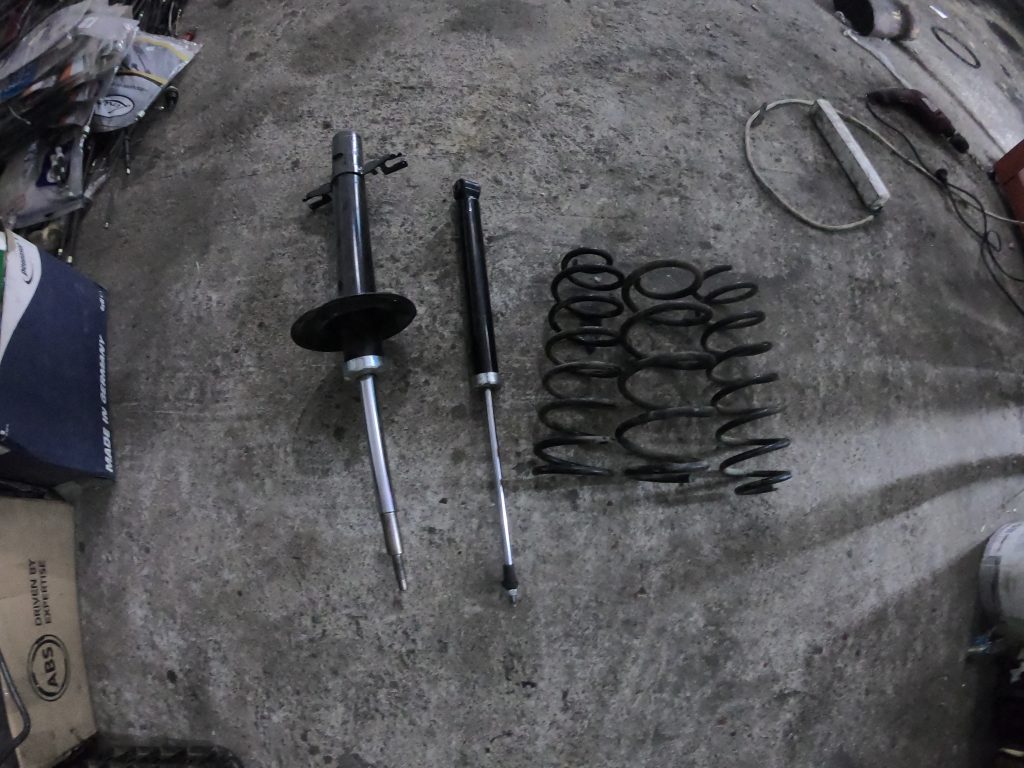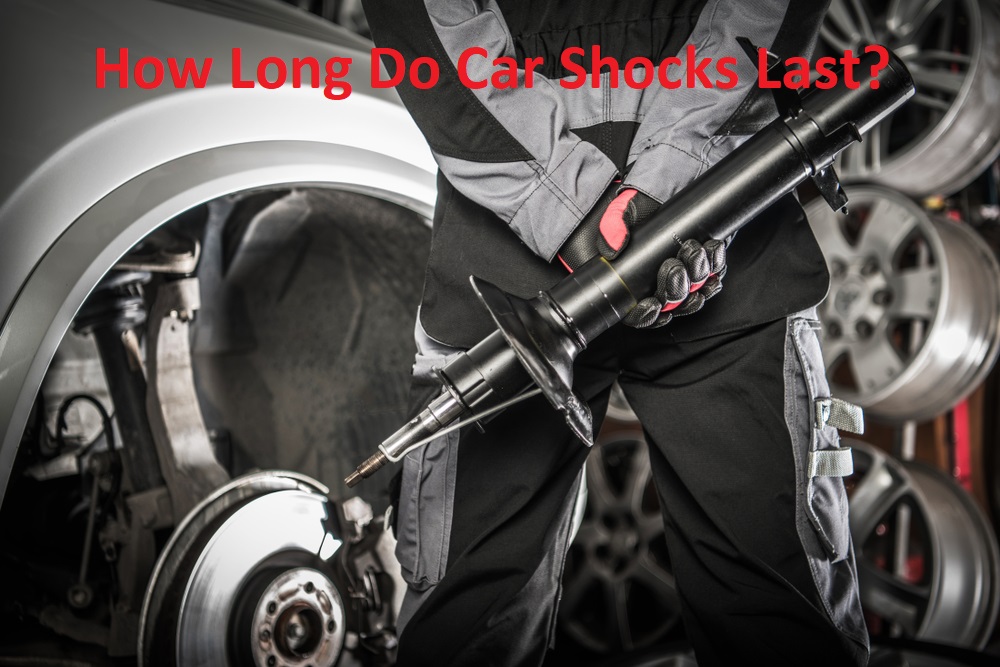How do you know when you need a strut mount? Most people don’t even think about their strut mount until they notice it’s broken, or there’s a loud noise coming from the engine compartment.
I mean, it’s very reasonable to me as a mechanic, since it’s a lesser-known part, to be fair. In comparison to other suspension components like shock absorbers and struts, it is a very minor component.
However, it’s a good idea to take a look at your strut mounts every few months to see if they need to be replaced, because not only do they help prevent your car from crashing, but they can also save you a lot of money.
In this blog post, we’ll show you some of the signs that you need to get your strut mounts checked out, and we’ll explain why you should schedule them for repair right away.
Symptoms of a Bad Strut Mount
Cracking and Creaking
A surefire sign that you need a new strut mount is when you notice cracks or creaks in your vehicle.
The struts and shock absorbers are meant to dampen vibrations and keep your car’s suspension working properly, which is why they are there.
When your struts and shock absorbers start to wear out, they’ll begin to vibrate or crack.
That’s when you’ll need to have them repaired, so make sure to check them out regularly.
Loud Noises (When Hitting Potholes or Turning the Steering Wheel)
Another sign that you need to get your strut mounts checked out is when you hear a loud squeaky noises coming from your engine compartment.
It’s not uncommon for your engine to make a loud noise when you’re driving, but it’s a different story when you’re driving over bumps or on rough roads.
When you hit a speed bump, pothole, or other irregularities on the road, you may hear rattling or banging sounds.
The clunking noise is caused by the rubber within the strut mount cracking or deteriorating, allowing metal to contact the other metal part of the strut mount.
Also, do you hear a loud, squeaky noise while turning your steering wheel?
A squeak emanating from the top of the strut when you turn left and right is one of the first signs of a worn strut mount. At low speeds, the noise is usually the most noticeable.
Other suspension components may also cause a squeaky noise.
You can have a professional mechanic check it out, or you can do it yourself.
The best way to check out the struts and shock absorbers is to remove the cover from your engine compartment, and you can do that yourself by removing the screws.
Issues With Tire Alignment
Another thing to look out for bad strut mount symptoms is if your car is pulling to one side. You can test this out easily on a straight road.
Accelerate your vehicle to about 20–40 mph, then take your hands off the wheel. If your car pulls to one side, then you’ll need to have your tires aligned. However, if your car is moving forward linearly, you are all fine.
If your suspension (perhaps a strut mount), tires, or brakes are malfunctioning, the automobile will pull to the side that is functioning well. To be sure, examine your strut mount or other parts in that area.
Uneven Tire Wear
Because the upper strut mounts of many automobiles play such an important part in aligning the front end, damage to these components may rapidly push the front-end geometry out of specification.
Are your tires equally worn? If not, it’s likely that the corresponding strut mount has to be replaced.
Corrosion
Because most strut mounts are metal, they are susceptible to corrosion when exposed to moisture or road salt.
Also read: How to Lubricate Shocks and Struts- Maintain Your Suspension
Excessive Movement
The strut mount is designed to help the automobile absorb the impact of road bumps. It may loosen and fail to maintain the strut in place if it malfunctions.
This might cause the car to bounce abnormally and move around a lot when driving.
Worn-Out Struts
When you use strut suspension, a properly working strut mount should be able to carry the weight of the car while keeping everything else in place.
A strut that isn’t operating correctly won’t survive long, leading it to fall out and hit other parts of the vehicle.
This might result in premature wear and costly repairs.
Replacement of a Strut Mount Cost
If you proceed to replace the strut mounts all by yourself, it will cost you nothing but your time! However, there are tools included, which are eventually bought for money!
On the other hand, if you would like to have this operation done by a professional in a shop, there will be a hefty price to pay.
Changing a strut mount requires the removal, compression, and reinstallation of the strut itself, which requires 1 to 1.5 hours of labor per strut mount. Typical labor costs range from $80 to $160.
Additionally, the parts themselves range from $30 to $100. This is also variable, as different models and brands will have different prices, of course!
If both strut mounts are worn, it’s usually recommended to replace the matching struts as well, since it’s not much more work. This will save you hundreds of dollars in labor costs in the future if your struts fail.
You can save a lot of money on labor if you have a spring compressor and can perform the task yourself.
However, before you run out and replace your strut mount, we urge that you consult with a specialist. It’s important to take the struts out slowly and gently. The struts are under a lot of strain, and if you let go of them too quickly, they might fly out, causing serious damage or even death.
We advocate do-it-yourself solutions, but we prefer safe alternatives. If you are unsure and have never done such an operation, please leave it to the professionals and have it paid for rather than risking your own life!
Also read: Shocks and Struts Replacement Cost?
What Causes Strut Mounts to Go Bad?
While struts typically last a long time, strut mounts may degrade over time due to vehicle age and natural wear and tear.
Impact damage and corrosion are two more reasons for a damaged strut mount. The strut mount could be damaged by small collisions and bad weather, which could cause it to break early.
Consider replacing your vehicle’s strut mounts as soon as they show signs of wear. For a smooth, even ride, it is highly recommended that you repair both strut mounts on each side of your vehicle. When one mount fails, it’s fairly uncommon for the other to follow closely behind.
Replace all of your strut mounts at the same time to avoid unexpected automobile issues.
How Long Do Strut Mounts Last?
Depending on where you reside, a properly placed strut should last at least 10 years. Your mounts’ lifetimes will be shortened if you live in a rural region, go off-roading a lot, or if you live in an area where salt is sprayed in the winter.
Can I Drive My Car With a Faulty Strut Mount?
A strut absorbs the bumps in the road that your automobile encounters when driving. In addition to steering and alignment, the struts on the front end of your car are critical. Operating with a broken strut will be tremendously inconvenient for both you and your passengers.
Is an Alignment Required Following Strut Mount Replacement?
Alignment is not necessary after replacing the strut mounts. However, for peace of mind, you could take it to the shop so experts can quickly do an alignment examination. Because of this, you will know if your car needs to be aligned in order to work properly.
Usually, this action does not cost a thing, especially if you are using a reputable shop.
Is It Possible to Replace a Strut Mount Without Removing the Strut?
In certain circumstances, it “may” be feasible to replace an upper strut mount on a car without having to remove the strut itself. There’s a good chance, though, that doing so would be just as difficult, if not more difficult, than just taking the whole strut assembly out.
Conclusion
If you notice any of the above mentioned bad strut mount symptoms, you might want to get your vehicle checked immediately!
A damaged strut mount can cause a number of problems. Not only is it a safety hazard, but it can also be costly to fix.
If you have any questions about your strut mounts, please contact us today. Thanks for reading!





